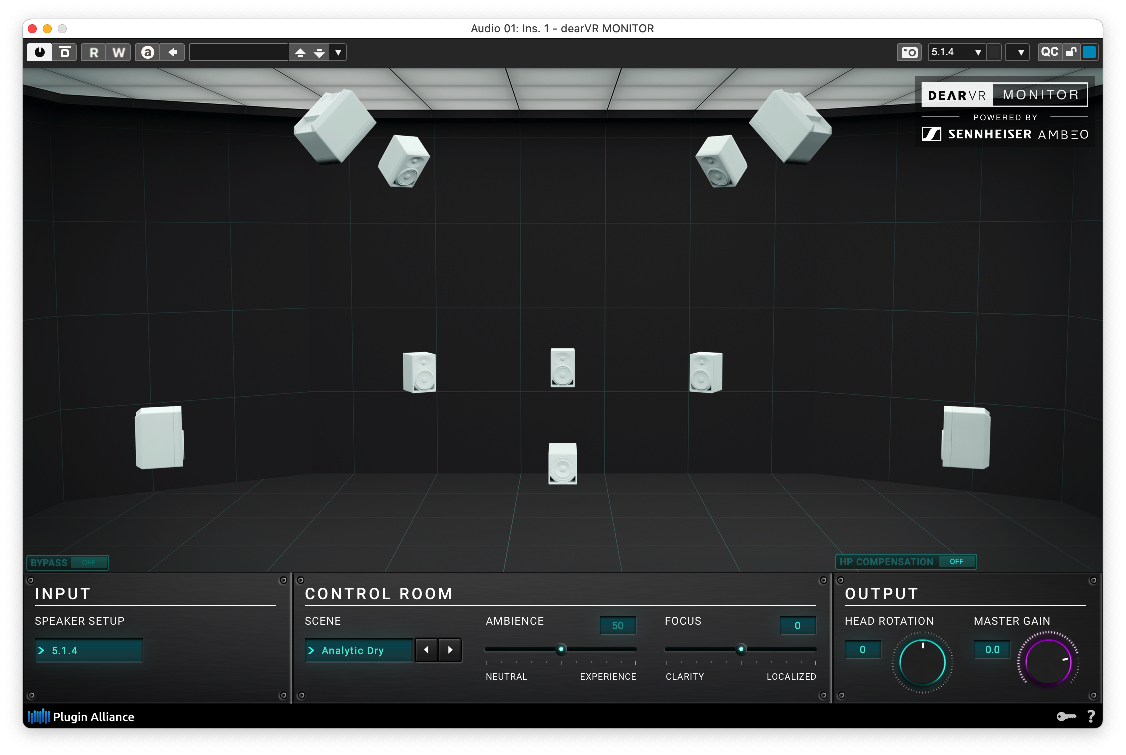why do those down mix output formats exist, and when should we use them
I'm still not sure I really understand the question, but I will try to answer it to the best of my abilities:
I found out that even though full "spherical" decoding from Higher Order Ambisonics is extremely realistic in 3D, it can also be seen as some kind of glorified "multi-mic" recording. The ruthless sound engineer in my head thought, "Well, we do great-sounding downmixes from real surround- and 3D-recordings, why not from spherical decodings, too?" ... and after a few seriously failed attempts 8-) I developed several approaches that made a full 7.(1*).4 sphere sound great in simple 5.1 or even stereo, too. The trick is to use the simplistic, built-in Matrix Mixer in MIR 3D's Output Format Editor.
... these settings will give you very different results than our "old-school" capsule-based decodings. The most obvious difference ist that you can make good use of stage positions on the hard left and right sides of the Main Mic without sounding strange (even positions in the back will work surprisingly good, sometimes). Their downside is that the frontal center position seems to lack a bit of "grip" in these setups, that's why I often mixed in an additional capsule-array for the dry signals as support.
EDIT: Funny sidenote: Our ingenious Ambisonics development partners from IEM at the University of Graz were pretty sure that no one in their academic circles had done this "downmixing" before - this concept lacks any kind of scientific purism. But you know - if it sounds right, it is right. 😄
Does this answer your questions ...?
*) PS: The brackets around the LFE channel in formats like 7.(1).2 stands for the simple fact that it takes care for the routing of the LFE without actually using it. Makes the integration in the DAW a bit easier than the seemingly more "logical" 7.0.2 in some cases.
/Dietz - Vienna Symphonic Library
